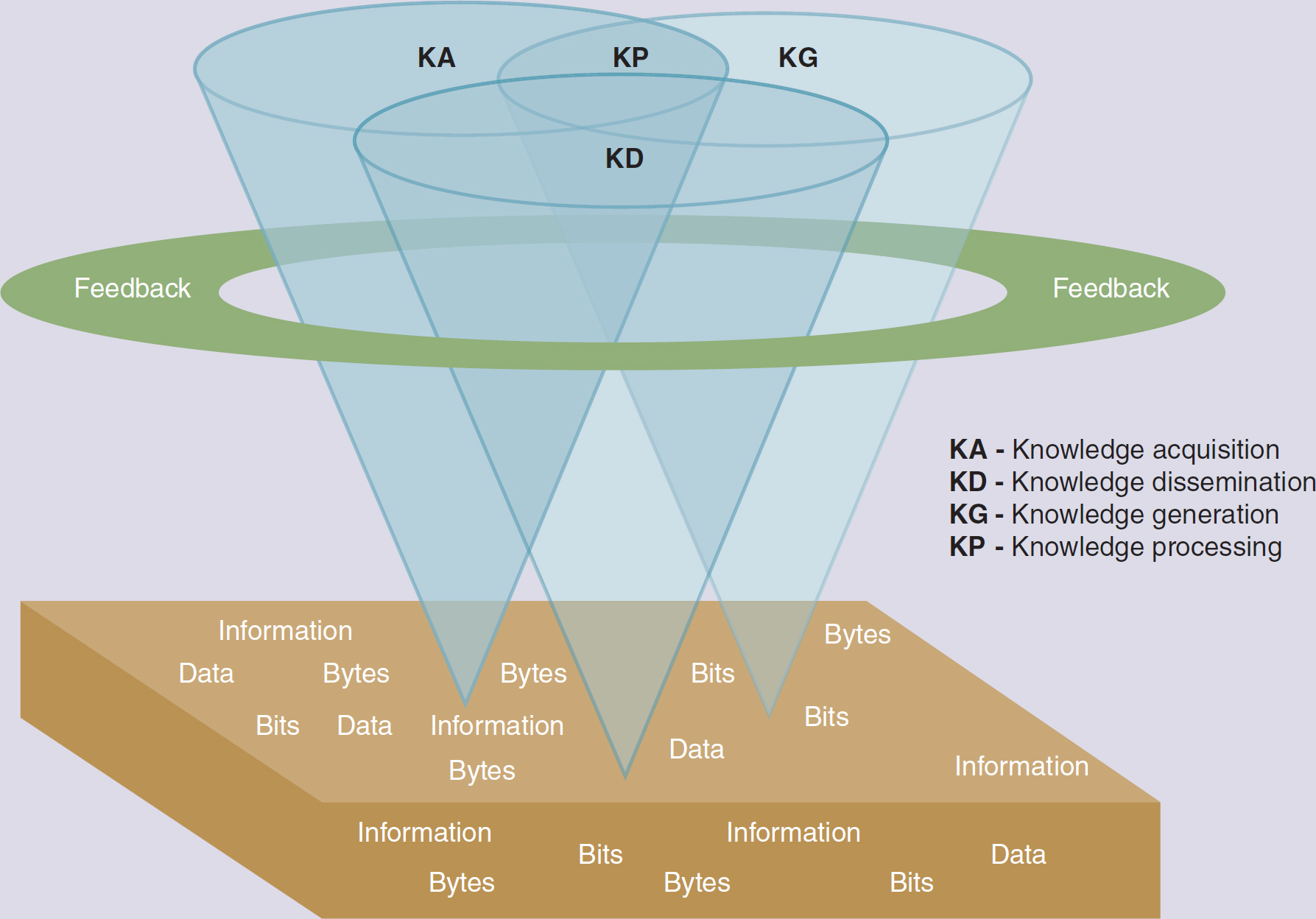
- Chapter 14 The Electronic Health Record and Clinical Informatics
- Chapter 15 Informatics Tools to Promote Patient Safety, Quality Outcomes, and Interdisciplinary Collaboration
- Chapter 16 Patient Engagement and Connected Health
- Chapter 17 Using Informatics to Promote Community and Population Health
- Chapter 18 Telenursing and Remote Access Telehealth
Nursing information systems must support nurses as they fulfill their roles in delivering quality patient care. Such systems must be responsive to nurses' needs, allowing them to manage their data and information as necessary and providing access to essential references, literature sources, and other networked departments. Nurses have always practiced in a field where they have needed to use their ingenuity, resourcefulness, creativity, initiative, and skills. To improve patient care and advance the science of nursing, clinicians as knowledge workers must apply these same abilities and skills to become astute users of available information systems.
In this section, the reader learns about clinical practice tools, electronic health records, and clinical information systems; informatics tools to enhance patient safety, provide consumer information, and meet education needs; population and community health tools; and telehealth and telenursing.
Information systems, electronic documentation, and electronic health records are changing the way nurses and physicians practice. Nursing informatics systems are also changing how patients enter and receive data and information. Some institutions, for example, are permitting patients to access their own records electronically via the internet or a dedicated patient portal. Confidentiality and privacy issues loom with these new electronic systems. Health Insurance Portability and Accountability Act (HIPAA) regulations (covered in Section II, Perspectives on Nursing Informatics) and professional ethics principles (covered in Section I, Building Blocks of Nursing Informatics) must remain at the forefront when clinicians interact electronically with intimate patient data and information.
The material in this book is placed within the context of the Foundation of Knowledge model (Figure IV-1) to meet the needs of healthcare delivery systems, organizations, patients, and nurses. Readers should continue to assess their personal knowledge progression. The Foundation of Knowledge model challenges us to reflect on how our knowledge foundation is ever changing and to appreciate that acquiring new information is a key resource for knowledge building. This section addresses the information systems with which clinicians interact in their healthcare environments as affected by legislation; professional codes of ethics; consumerism; and reconceptualization of practice paradigms, such as in telenursing. All the various nursing roles-practice, administration, education, research, and informatics-involve the science of nursing.
Figure IV-1 Foundation of Knowledge Model

An illustration depicts the structure of the Foundation of Knowledge model.
The model features a three-dimensional illustration of three entwined, inverted cones labeled K A, K G, and K D. The three labeled cones converge to create a new cone labeled K P. Encircling these cones is a feedback loop. The entire composition is situated on a platform featuring repeated words such as information, data, bytes, and bits. K A indicates knowledge acquisition; K D indicates knowledge dissemination; K G indicates knowledge generation; and K P denotes knowledge processing.
Designed by Alicia Mastrian.